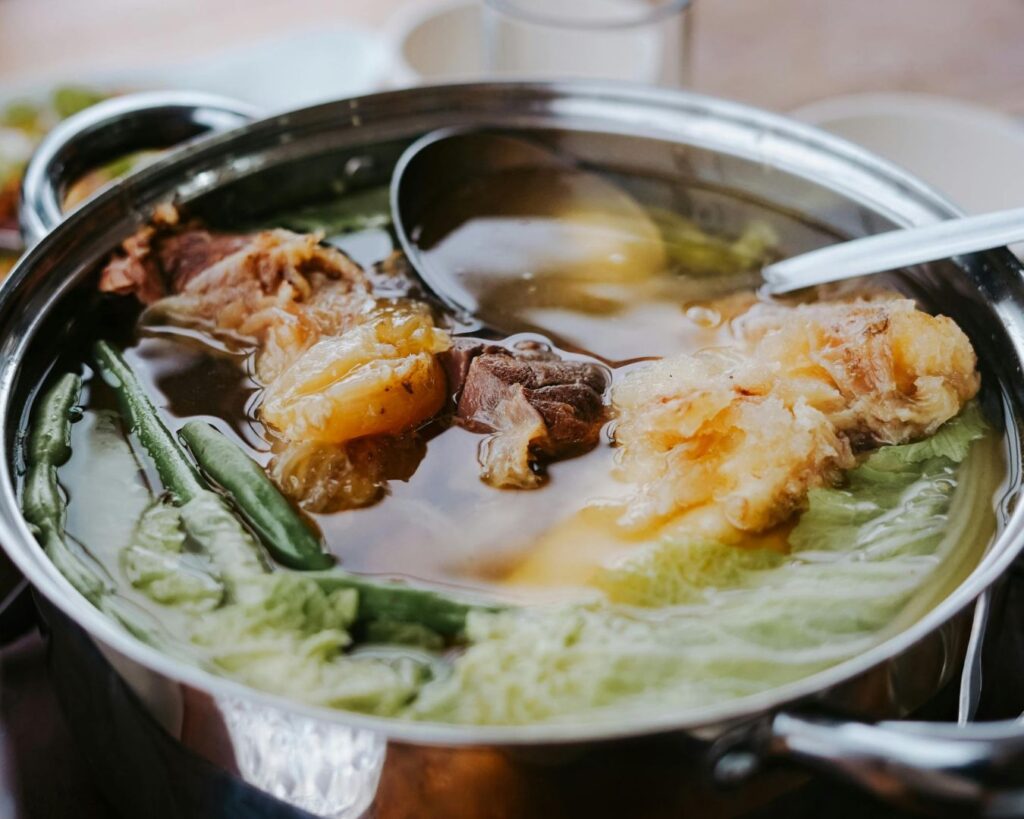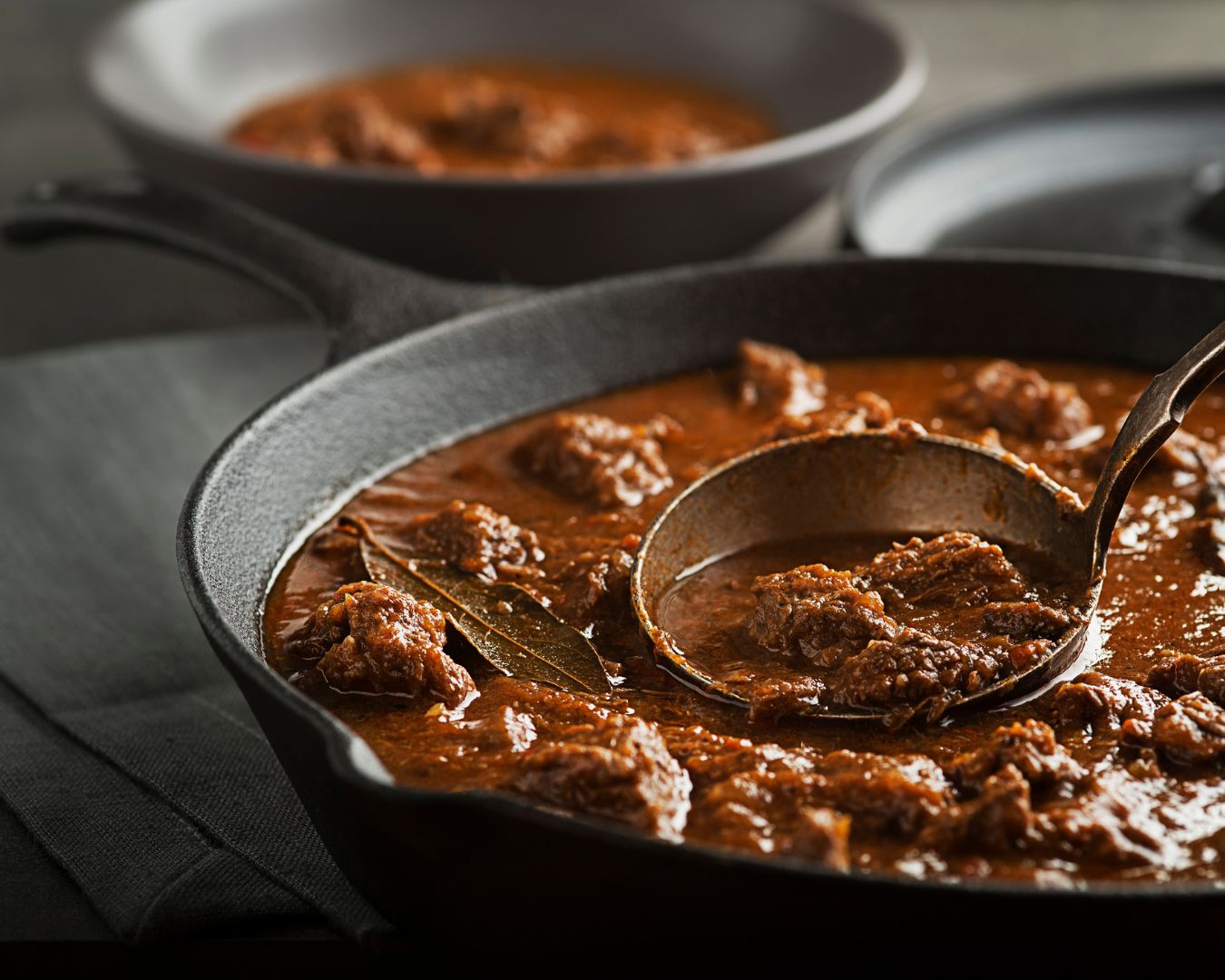Tips for Mastering the Art of Soups and Stews at Home
Soups and stews are the ultimate comfort foods—warm, hearty, and nourishing. Whether you’re simmering a pot of chicken noodle soup or crafting a rich beef stew, mastering these dishes is a rewarding skill. With the right techniques, you can elevate your homemade soups and stews to restaurant-quality meals. Here are some tips to help you perfect the art of making soups and stews at home.
Build a Flavorful Base
The foundation of any great soup or stew is its base. Whether it’s a broth, stock, or a combination of sautéed vegetables, taking the time to build a flavorful base is crucial.
- Sauté Aromatics: Start by sautéing onions, garlic, carrots, and celery in oil or butter. This step enhances the natural sweetness of the vegetables and forms a depth of flavor.
- Use Homemade Stock: Whenever possible, use homemade stock or broth. It’s richer and more flavorful than store-bought versions. You can make a large batch and freeze it for future use.
Layer Your Flavors
To achieve a complex and well-rounded flavor profile, layer your ingredients and seasonings gradually.
- Season as You Go: Add salt, pepper, and herbs at different stages of cooking. This ensures that the flavors develop fully and aren’t just sitting on the surface.
- Deglaze the Pan: After sautéing meat or vegetables, deglaze the pan with a splash of wine, vinegar, or broth to lift the flavorful browned bits from the bottom of the pan.

Cook Low and Slow
Soups and stews benefit from slow, gentle cooking. This allows the ingredients to meld together and the flavors to deepen.
- Simmer, Don’t Boil: Keep the heat low and let the soup or stew simmer. Boiling can cause the meat to become tough and the vegetables to break down too much.
- Give It Time: The longer you cook your stew, the more tender the meat will become and the more the flavors will intensify. For the best results, plan for at least a couple of hours of cooking time.
Balance the Flavors
A well-balanced soup or stew should have the right combination of flavors—salty, sweet, sour, and umami.
- Add a Touch of Sweetness: A small amount of sugar, honey, or a sweet vegetable like carrots can balance out acidic ingredients like tomatoes.
- Brighten with Acid: Before serving, taste your soup or stew and consider adding a splash of vinegar, lemon juice, or a dollop of sour cream to brighten the flavors.

Use the Right Equipment
The tools you use can make a big difference in the outcome of your soup or stew.
- Heavy-Duty Pot: Use a heavy-bottomed pot, like a Dutch oven, to evenly distribute heat and prevent burning.
- Immersion Blender: For creamy soups, an immersion blender allows you to puree the soup directly in the pot without transferring it to a blender.
Don’t Forget the Garnishes
Garnishes can add texture, color, and an extra layer of flavor to your soups and stews.
- Herbs and Greens: Fresh herbs like parsley, cilantro, or chives can add a burst of freshness.
- Crunchy Toppings: Consider adding croutons, toasted nuts, or crispy bacon bits for added texture.
Store and Reheat Properly
Soups and stews often taste better the next day, but proper storage and reheating are key.
- Cool Before Storing: Allow your soup or stew to cool to room temperature before refrigerating. Store it in an airtight container.
- Reheat Gently: When reheating, do so gently over low heat to prevent overcooking or altering the texture.
Mastering the art of soups and stews is all about patience, attention to detail, and understanding the balance of flavors. By following these tips, you’ll be able to create delicious, comforting bowls of soup and hearty stews that will warm your soul and impress your family and friends. So grab your favorite pot, gather your ingredients, and start simmering your way to culinary success!

